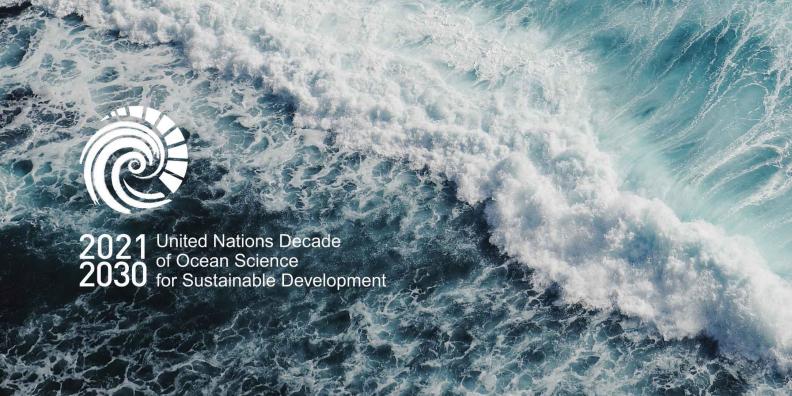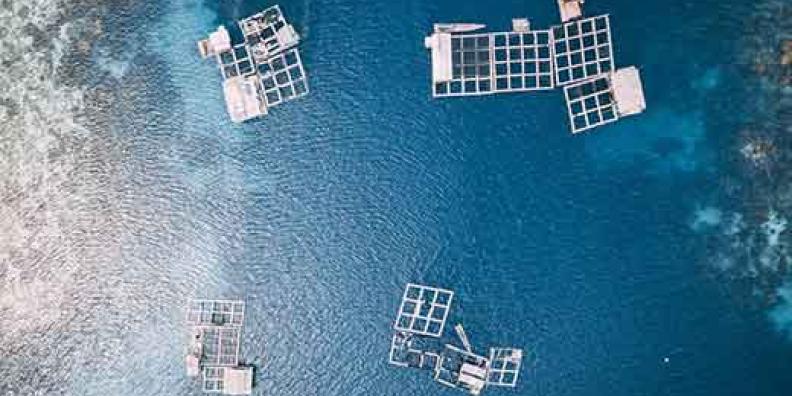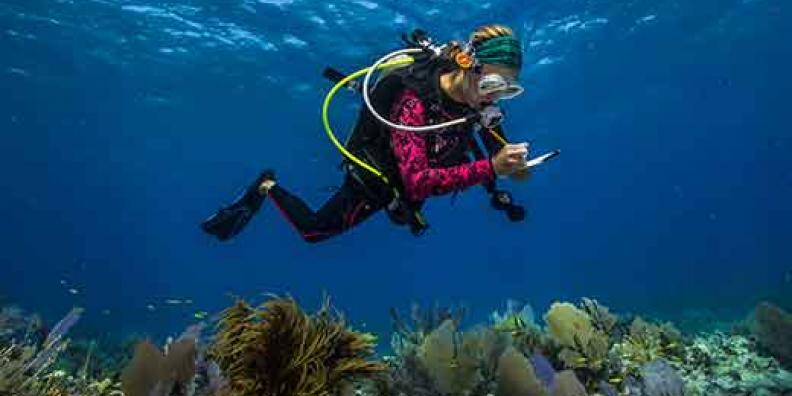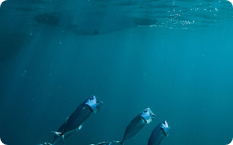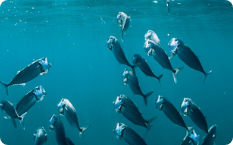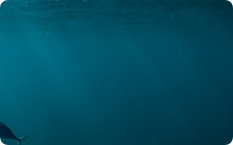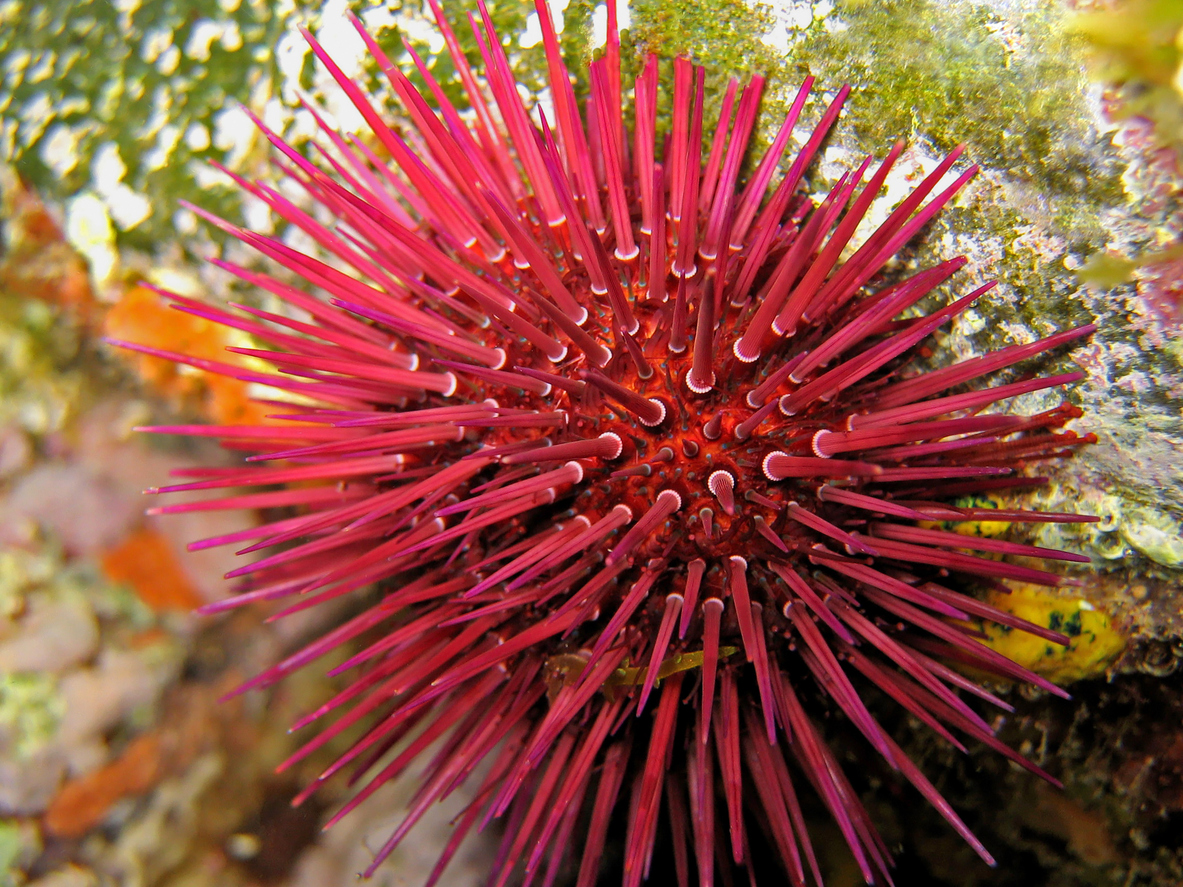
You’ve probably heard of mice (and maybe even fruit flies, pigs, or other rodents?!) being used for scientific studies. They’re examples of ‘model organisms’: organisms, or life forms, that are suitable to study a specific trait, disease, or phenomenon. Why? Because their processes are simple and easy to study. Model organisms share many traits with other organisms, so it’s usually safe to assume that if we figure out how the model organism functions, the findings can be applied to other organisms - including humans! Model organisms have been instrumental in our understanding of cell and molecular biology. This information is critical to develop life-saving and life-changing medicines and treatments.
Did you know that there are many model organisms from the sea? In this new monthly series, we’ll present a new model organism from the sea every month, bringing you sea urchins, tunicates, and many more. And, hopefully, you’ll even see that our friends from below can be just as good (if not better!) than our friends from above in understanding how things work. Meet your match Mr. Mouse!
Who’s this campaign for? Researchers, environmental groups, industry stakeholders, or anyone interested in learning about how model organisms from the sea can be used to advance their research and contribute to innovative solutions. And guess what? All the organisms featured here are available at one or more EMBRC facilities in Europe. To find out which EMBRC sites can provide the featured organisms, please consult our service catalogue. Interested in the organism but not sure how to use it? No problem, you can get in touch and we’ll be happy to help you develop your research project.
For our very first campaign post, we bring you the sea urchin!
#ModelOrganismOfTheMonth












